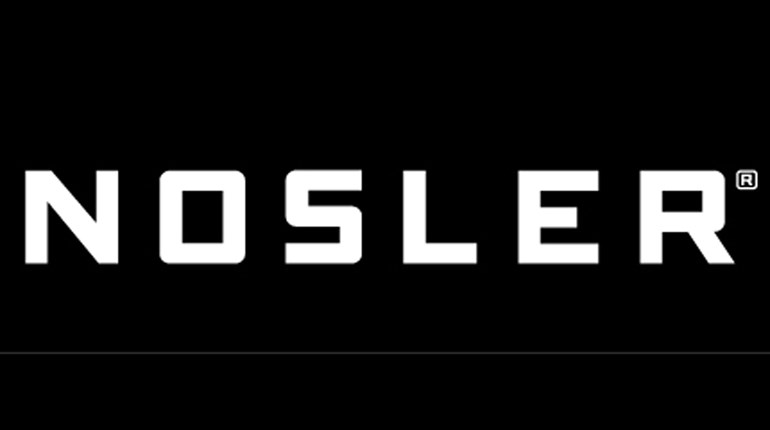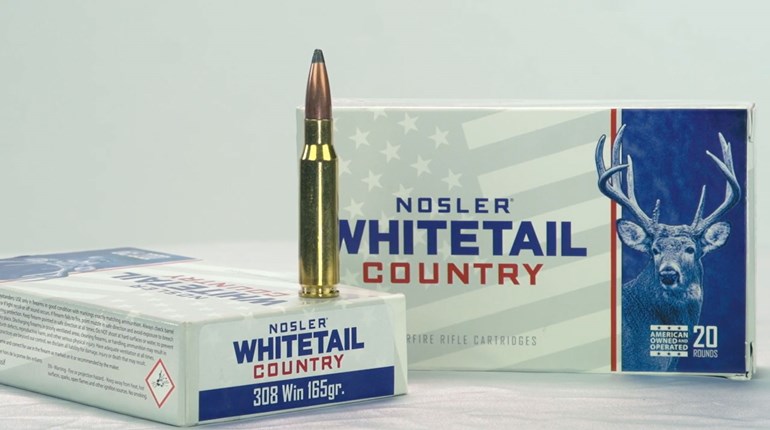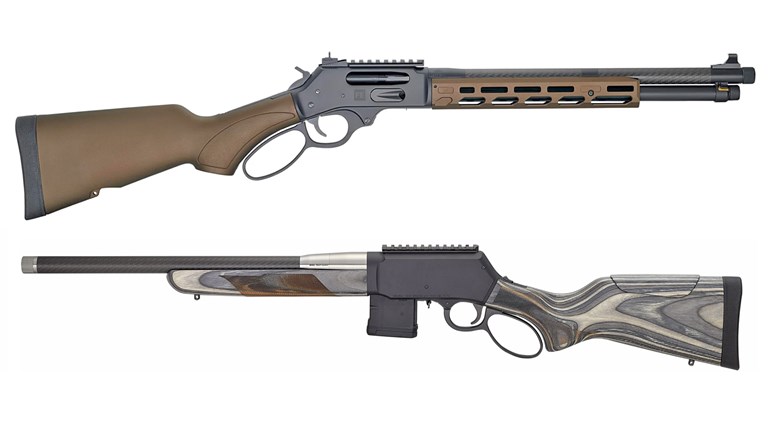
With a consistent bullet upset of 1.6-times bullet diameter combined with 12 to 13 inches of penetration, the 115-grain 9 mm ASP load from Nosler should be an ideal defensive-handgun load.
Nosler has an impeccable reputation for producing quality ammunition and components, but it is most often thought of as a company that manufactures hunting bullets and hunting ammunition. This is understandable—the company was founded on the Nosler Partition bullet. In 1950, it was the premier big-game bullet and you could argue it remains so today. However, Nosler also offers match-grade and self-defense ammo. The company’s line of bonded, defensive-handgun ammunition is excellent. But, starting at $35 for a box of 20, it is a bit expensive.
For 2022, Nosler introduced a new line of handgun ammunition with a new name. Nosler’s ASP (Assured Stopping Power) line of handgun ammo combines match-grade accuracy with a reliably feeding, terminally effective, hollowpoint bullet. Even better, you can pick up a 50-round box of ASP ammo for about the same price as a 20-round box of Nosler’s current defensive-handgun ammo.
Since the 1986 FBI shootout in Miami, we’ve seen many different attempts at making the ideal defensive-handgun bullet. Everything from bonded bullets to compressed-particle projectiles has been touted as the next-best thing. And, truth is, some of these bullets deliver fantastic terminal performance, sometimes even through a wide assortment of intermediate barriers. With the bullet used in the new ASP ammo, Nosler took a more conventional approach.
It took the common cup-and-core bullet style and encased a pure-lead core in a gilding metal—95-percent copper and 5-percent zinc—jacket. Nosler also deeply skived the jacket so it would deliver reliable deformation at moderate impact velocities. Nosler claims you can expect optimum bullet upset when impact velocities are between 800 and 1,300 fps. The company also claims it has enhanced the terminal performance of the conventional bullet design without sacrificing accuracy and reliability.
Nosler is offering eight ASP loads in five different calibers. There’s a 115-grain, 9 mm load at 1,170 fps, a 124-grain load at 1,150 fps and a 147-grain load at 950 fps. For .40 S&W, Nosler has a 150-grain load at 1,110 fps and a 180-grain load at 1,005 fps. There is only a single 10 mm load, which launches a 180-grain bullet at 1,150 fps. And finally, for the .45 ACP, the company will be offering a 185-grain bullet at 980 fps and a 230-grain bullet at 850 fps. Each load is packaged in either 20- or 50-round boxes and retail prices are encouraging. Except for the 10 mm load—which will cost $29.49 per 20 rounds and $58.49 for 50—20-round boxes will retail for only $18.49 and 50-round boxes for $38.95.
You should note that several of these loads offer subsonic performance. And, you should also notice that these velocities are as moderate as the prices. A 20-round box of Federal 230-grain Hydra-Shok .45 ACP ammo will cost $35.99 and has an advertised velocity of 900 fps. If you opt for the Nosler ASP 230-grain load, you’ll save 87 cents per round, but the muzzle velocity will be about 5-percent slower. These variations in price and velocity are consistent throughout the ASP handgun ammunition line.
Nosler provided me with its 115-grain 9 mm and 230-grain .45 ACP ASP loads for testing. First, I ran 10 rounds over my chronograph to establish velocity performance. The ASP ammo produced quite consistent velocities with standard deviations of 10 and 12 fps. Also of note was the more conventional muzzle velocities. The 115-grain 9 mm load averaged 1,097 fps out of a 4.62-inch barrel, and the 230-grain .45 ACP loaded averaged 792 fps from a 5-inch barrel. This is slightly less than common velocities for these bullet weights and 73 and 58 fps less than respective Nosler advertised velocities. (It’s not unusual to see velocity variations as high as 50 fps from gun to gun.)
Next, I fired 10 rounds of each load into blocks of Clear Ballistics to get an idea of terminal performance. Both showed good deformation; on average, 1.6 times the bullet diameter for the 9 mm load, and 1.3 times for the .45 ACP load. Both loads also achieved a minimum-penetration depth of 12 inches, and neither exceeded 15 inches of penetration. I’d liked to have seen the .45 ACP load deform with a bit wider frontal diameter, but with a muzzle velocity of only 792 fps, it performed very well considering how soft it shot. With either load, overpenetration should not be a concern, and weight retention was at the 98- to 99-percent mark.
Nosler has been offering factory ammunition for some time, but it is perhaps best known for supplying component bullets to handloaders who want to craft their own ammunition. If you’re a handloader who wants to create your own ASP loads, Nosler is offering all the same bullets loaded in its ASP line of ammunition as components. Also available as a component is a 135-grain .40-caliber (10 mm) bullet. These bullets are available in 250-count boxes and are priced from $77.95 for 9 mm up to $108.49 for the heaviest .45-caliber bullet.
Nosler’s new ASP handgun ammunition line is not an expensive, hot-rodded approach to self-defense-handgun ammunition. It is a practical and affordable collection of ammunition and components that have been engineered to deliver good terminal performance, without excessive recoil, at a price that will not cause you to mortgage your home. And, that’s even if you want to stock up for a year’s supply.
The 115-grain 9 mm load proved to be laser-like accurate in my lightweight Browning Hi Power, the moderate velocity will not batter its alloy frame and the soft recoil makes hammered pairs a delight. Right now, the most popular defensive handgun in America is the ultra-compact 9 mm pistol, and this load should be ideal for those itty-bitty guns, too. I pushed a lot of the 115-grain ASP load through a variety of subcompact 9 mm handguns and did not experience a single stoppage. As has been said many times in the past, and will probably be said more in the future, Nosler has done it again.





































